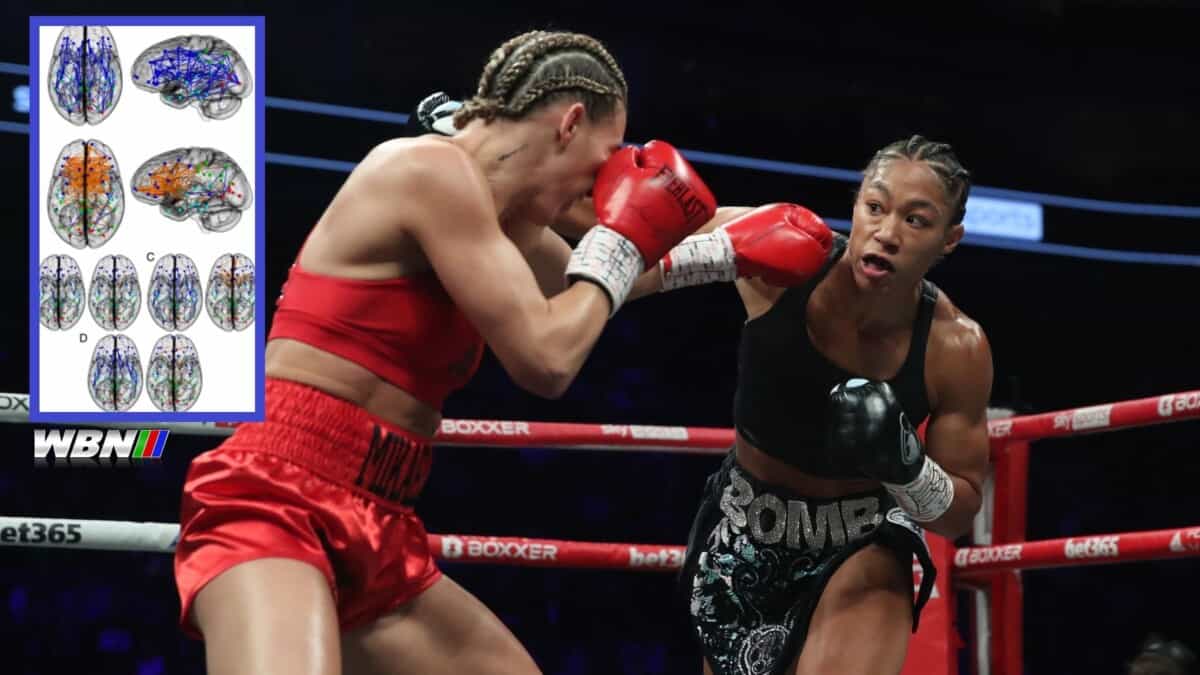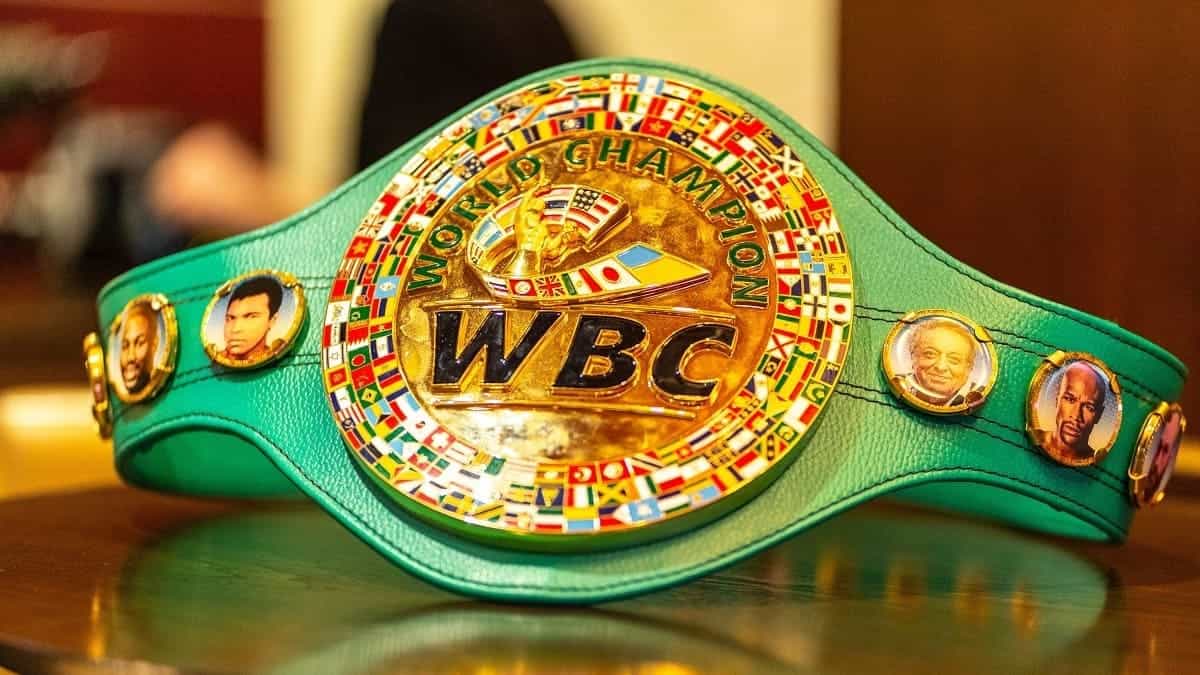The World Boxing Council is not on board with women fighting over three minutes rounds in boxing and argues its case against any future alteration of the ruling.
With the help of the Chief Medical Officer of the New York State Athletic Commission, Nitin K Sethi, MD, and Jennifer Galjour, MD, a ringside physician for the New York State Athletic Commission, the WBC backs up its claims.
The World Boxing Council on women boxing three-minute rounds
In most commission jurisdictions in the United States, professional women’s boxing consists of two-minute rounds.
Some commissions, such as the New York State Athletic Commission [NYSAC], allow three-minute rounds provided both combatants agree to this format.
If either of the two combatants wishes to fight two-minute rounds, the fight is scheduled as such.
Should professional women boxers fight three-minute versus two-minute rounds like their male counterparts?
This subject has recently been debated in the combat sports media. Many debates opened online on social media networks such as Twitter and Facebook.
The argument advanced for fighting three-minute rounds is that this would level the playing field between men and women professional boxers.
Three-minute rounds will make women boxing more exciting and more marketable to the fans.
Women boxers can then advocate for equal pay for equal work as their male counterparts. This argument for three-minute rounds based on gender and pay equality is countered by entities in favor of two-minute rounds in women’s boxing.
In voicing concern that women boxers are more prone to concussions as compared to their male counterparts.
Hence extending the round duration to three minutes risks their health and safety.
So, does it matter if professional women’s boxing rounds are three minutes versus two minutes?
If one were to debate this question on purely medical grounds, the answer would be a resounding yes.
While scientific data concerning combat sports is lacking, gender and sex differences in concussion incidence and the outcome have been studied. They showed that a woman’s brain is more susceptible to concussive injuries than a male brain.
The increased susceptibility and vulnerability to concussion in women compared to men is thought to be due to disparities in neck musculature and head-to-neck stability.
This likely lowers the concussion biomechanical threshold.
Hormonal factors such as estrogen may also make women more vulnerable to concussions. They influence recovery time after a concussive injury.
Concussion risk
Combat sports like boxing are unique since every punch thrown at the head is thrown to win by causing a knockout [aka a concussion].
While boxing has many beneficial effects on the cardiovascular system, one cannot defend boxing by saying it is good for the brain.
There is an exceedingly high risk for both acute and chronic neurological injuries. Acute neurological injuries may occur during the bout or present soon after the bout is over.
They include subdural hematoma [SDH], epidural hematoma [EDH], subarachnoid hemorrhage [SAH], and intracranial hematoma. In addition, injury to the great vessels of the neck, such as carotid or vertebral artery dissection.
Chronic neurological injuries include chronic traumatic encephalopathy [CTE] and dementia pugilistic [DP]. Also, chronic posttraumatic headaches, chronic posttraumatic dizziness, chronic posttraumatic cognitive deficits, and chronic posttraumatic Parkinsonism.
Since chronic neurological injuries present long after the boxer’s career is over, it is inherently difficult to protect a fighter from these devastating injuries.
No amount of boxing is good for the brain. Not one round, not forty. Some studies on boxers have suggested that those with long professional careers are the most susceptible to those mentioned chronic neurological injuries.
One does not need a neurologist to opine that limiting round duration to two minutes protects the boxer’s neurological health. This concerns both acute and chronic injuries associated with boxing.
Limiting the number of total rounds per bout and the duration of each round protects the neurological health of the fighter, irrespective of sex.
Pay equality
Gender and pay inequality are critical social issues that the boxing community cannot turn its back on. These crucial issues are not unique to professional woman’s boxing.
It is essential to understand how these issues adversely affect the growth of women’s boxing. Not to discourage many promising women boxers from pursuing a career in professional boxing.
These issues need to be addressed on an urgent basis. Change needs to come from within the boxing community.
The two-minute versus three-minute rounds in women’s boxing must be debated, scientifically studied, and decided purely on medical grounds.
It has to be evidence-based medicine that concludes whether women partaking in professional boxing are more susceptible to concussions than men. And how the round’s duration alters their risk for acute and chronic neurological injuries.
According to World Boxing Council rulers, there will be no change in women’s boxing by science.





